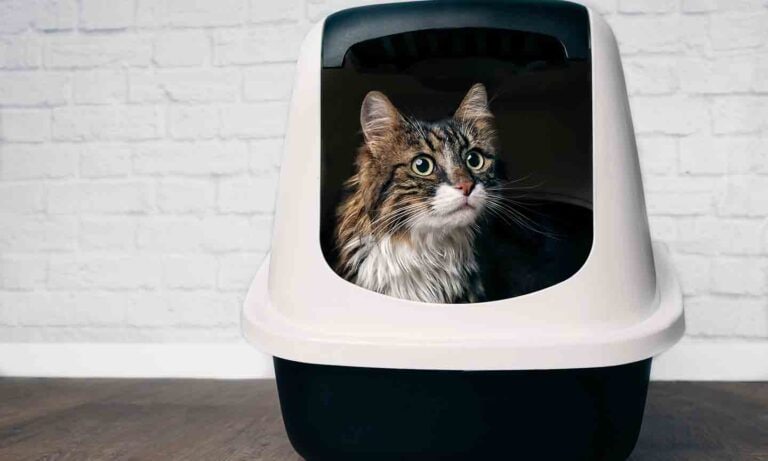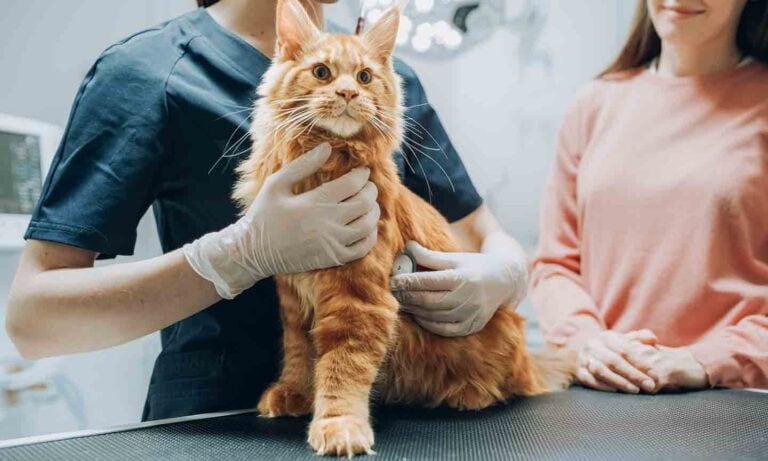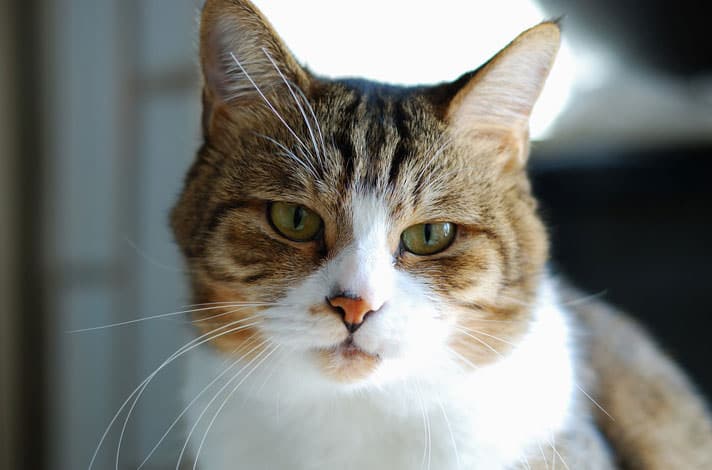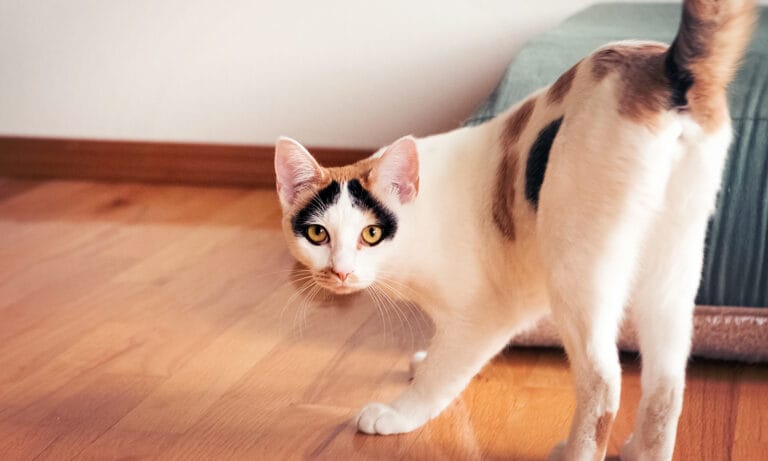Q.
I have a Persian cat. She is 2 years old, has all of her shots and is an indoor-only cat and always has been. There are scabs that have been popping up on the back of her neck and a few smaller places on the top of her head and tail. They are very itchy. She is also losing some of her fur around the back of her legs, stomach and tail. Could you please tell me what this could possibly be, and what I may do to help her?
A.
There are numerous causes for itchy skin: parasitic infestations, fungal infections, and hypersensitivities and allergies.
Flea infestation is a common cause of feline hair loss. Pediculosis (lice infestation) and demodicosis (mite infestation) can cause itching and alopecia in cats, although these conditions are uncommon. Fleas are, by far, the most common itch inducing—and hair loss producing—feline skin parasite.
Ringworm is a skin fungus that may cause hair loss. Any age, sex, or breed of cat could be affected, but young, older and longhaired cats are at increased risk. Ringworm’s itchiness is variable, however, one has to consider it on the list of itch inducing skin disorders. The itching may occasionally result in self-induced hair loss. Persian cats are at more risk for ringworm than other breeds.
Hypersensitivities and allergies are a common reason why cats overgroom and pull out their fur. Flea allergy, food allergy, and atopy (allergy to airborne substances) are three common causes of allergy in cats. Fleas deposit saliva into the skin when they bite, and allergic cats may show a severe reaction, even from one bite. Itching can be intense, and cats may lick and chew excessively at their skin, especially around the tail base. Adverse reactions to food may manifest themselves via the skin. Severe generalized itching, widespread small scabs and crusts (called “miliary dermatitis”), itching around the head, neck, ears and face, and self-inflicted hair loss from overgrooming may be seen. Allergies to airborne substances such as pollens or dust can lead to itching and subsequent excessive grooming and hair loss.
Psychological disturbances are a common cause of self-inflicted hair loss. Some cats pull, chew, or excessively groom their fur even though their skin does not itch. This may be a manifestation of stress or anxiety. In many instances, the cause of stress is obvious: a new apartment, a new pet in the household, etc. In most cases, however, the stressor is never discovered.
Take your cat to your veterinarian for some diagnostic tests. Once a diagnosis is made, treatment can begin. Treatment of hair loss depends on the cause. Flea infestation is easily remedied with veterinary-approved, once-a-month topical flea control products. These products should be obtained through your veterinarian. Cats with severe inflammation may experience some relief with a short course of oral corticosteroids and/or antihistamines.
Ringworm treatment may involve some combination of clipping the coat, medicated shampoos, oral medication, and environmental decontamination. Treatment is often successful if clients are diligent about following the prescribed protocols.
Cats diagnosed with food allergy should be fed a hypoallergenic diet, i.e. a diet containing a novel protein source. Cat foods designed for this purpose are available from most veterinarians.
The ideal treatment of an airborne allergy is identification and avoidance of the offending allergen. Often, this is not possible, especially in patients allergic to pollens. Hyposensitization – serial injections of progressively larger amounts of the allergen—is probably the best long-term control method for cats with a prolonged allergy season. Other therapies that can be considered are antihistamines, omega-3 fatty acids, and corticosteroids.
Ideally, the treatment of psychogenic alopecia would involve the elimination of the stressors in the cat’s environment. Unfortunately, this is often impossible or impractical, and anti-anxiety or anti-depressant medications are often warranted to control the problem. The two most commonly used drugs are clomipramine and amitriptyline.
Occasionally, general veterinary practitioners fail to achieve a diagnosis, or they achieve a diagnosis, yet the cat does not respond to therapy. In these cases, it may be necessary to seek out a true expert—a veterinary dermatologist. In these days of specialization, veterinarians have access to a variety of experts, and most general practitioners can refer their challenging skin cases to a nearby board-certified or qualified dermatologist should the need arise.
By: Arnold Plotnick, DVM
Featured Image: DreamBig/Shutterstock
Share:









